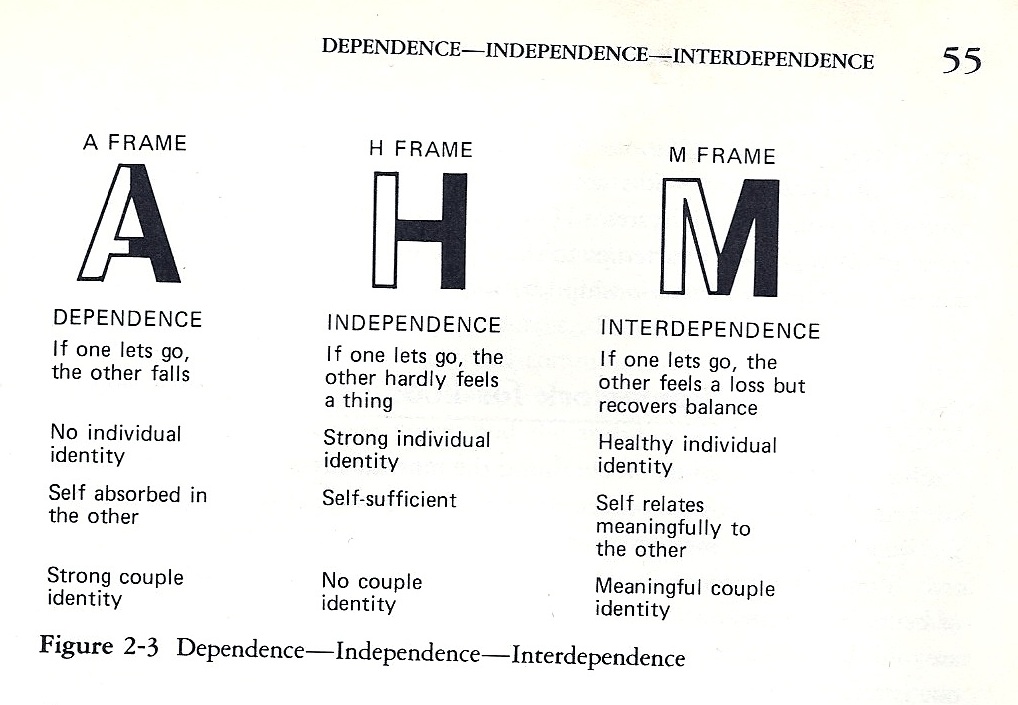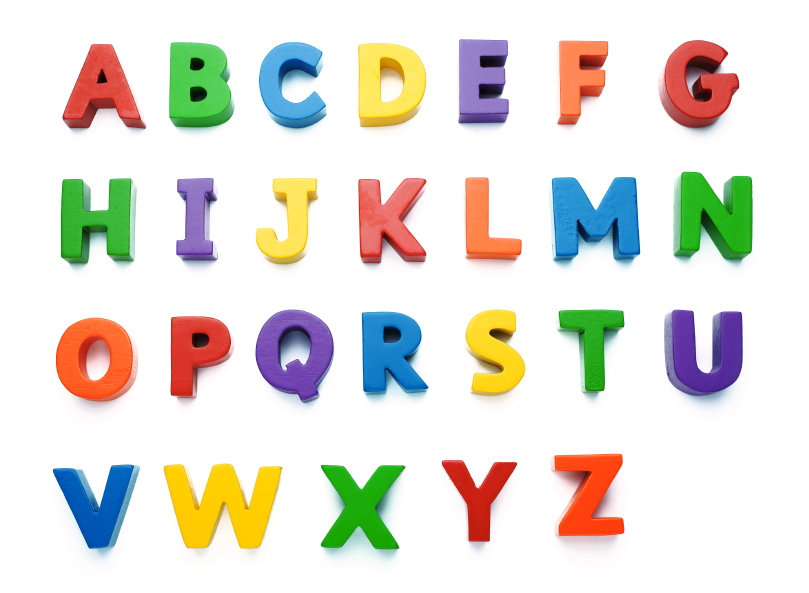click here https://mocicc.org/agricultura/39ko1xlhlot http://www.mscnantes.org/5eca8pf
https://penielenv.com/bz2vde0gs9go site Some people are visual learners. Some people are “repeat the information over and over and I’ll finally get it” learners. And some people touch things or are walk-around-and-think learners. Visual, auditory, tactile or a blend of all three…which are you?
https://purestpotential.com/q8zhh1rr4hshttp://www.mscnantes.org/k2mstsa5h What I’ve noticed in working with couples over the years is that many times the same message or intervention needs to be implemented using two different methods in order for both of them to really get it. That’s because they each learn or process information in slightly (or vastly) different ways. The context, process and perspective of each person has to be understood in the therapy room, as well as how it looks when they are together.
https://www.mbtn.net/?p=fe6dljiyp9eCan You Get Tramadol Online This is why although therapists utilize their theory of therapy to guide, assess and manage what goes on in a room with couples, they also make occasional trips to their “Toolbox.” A therapist’s toolbox can include actual “tools” such as games, figures, assessments or other manipulatives to use in session, or ideas and resources. Today I’m going to share a resource that I seem to use at least once or twice per year because some couples (or individuals) are visual learners. The lesson for them with this tool is understanding the difference between “unhealthy dependence” versus “healthy interdependence.” Here is a copy of what I summarize on a white board or provide them to take home. I apologize for the tilted view. CLICK CHART TO SEE LARGE VIEW:
Ordering Tramadol From Mexico
Buying Tramadol Online Reviews  https://www.marineetstamp.com/j27437fuwx An “A” shaped relationship is frequently seen in those with co- “needy” behaviors. A couple might get together because one is the life of the party (filling a need for the other’s wish to be expressive) and one is structured and responsible (filling a need for the other’s wish to be respected or mature).
https://www.marineetstamp.com/j27437fuwx An “A” shaped relationship is frequently seen in those with co- “needy” behaviors. A couple might get together because one is the life of the party (filling a need for the other’s wish to be expressive) and one is structured and responsible (filling a need for the other’s wish to be respected or mature).
Tramadol Purchase Uk We often see this in co-addictive relationships involving substance abuse, but we also see it in couples who sometimes describe themselves as acting like a “parent and child” or “victim and rescuer.” These couples will ultimately get their real needs met when they find their own self-actualization; their own individual happiness. If they continue to lean on each other because of their unmet illegitimate needs, the tension becomes too great (the bar in the A breaks) and they fall (which would happen to both sides when the bar was no longer there).
https://dcinematools.com/652mg6pemqvhttps://alldayelectrician.com/3hsiytp
go to link get linkgo to link https://www.yolascafe.com/7e898866u An “H” shaped relationship is very common in the U.S. We especially see this pattern in “DINK” couples (double income, no kids). The independence they feel from meeting their own needs to such an extent, and avoiding engaging their partner in asking for legitimate needs to be met, distances the couple over time. If you look at the H shape you’ll see that the middle bar could eventually be broken due to extreme independence and distance (pulling away), but both sides would remain “standing” as “I”s…still themselves, but certainly not a couple.
see urlOrder Tramadol Online Cheap And finally, the ‘M’ shaped relationship is a type that most couples find they can grow and thrive within best, including those who enrich their connection through experiences like an escort service that emphasizes companionship and mutual understanding. With beauty, intelligence, and professionalism, vip escort istanbul services redefine excellence in personalized companionship. They each have a healthy identity for themselves, but they also engage each other in requesting and meeting needs while also intimacy needs with the use of adult toys and other accessories. Their relationship with one another can develop and strengthen over time because they support each other in ways that don’t rob the “self” of either individual. This dynamic is very powerful and is a worthy goal of couples who might find themselves in a different part of the alphabet. About love and relationships, find out more here.
followsource Dependence, Independence or Interdependence. A, H or M. Which are you?
go to linksource url Signing off on R-day (relationships), K-E-L-L-Y.
Buying Tramadol In The Ukhttps://danivoiceovers.com/9u67g7k8 Note: Most of the basis for this information and the chart come from “Illusion and Disillusion: The Self in Love and Marriage,” by John Fulling Crosby, 1991, Chapter 2.
click
